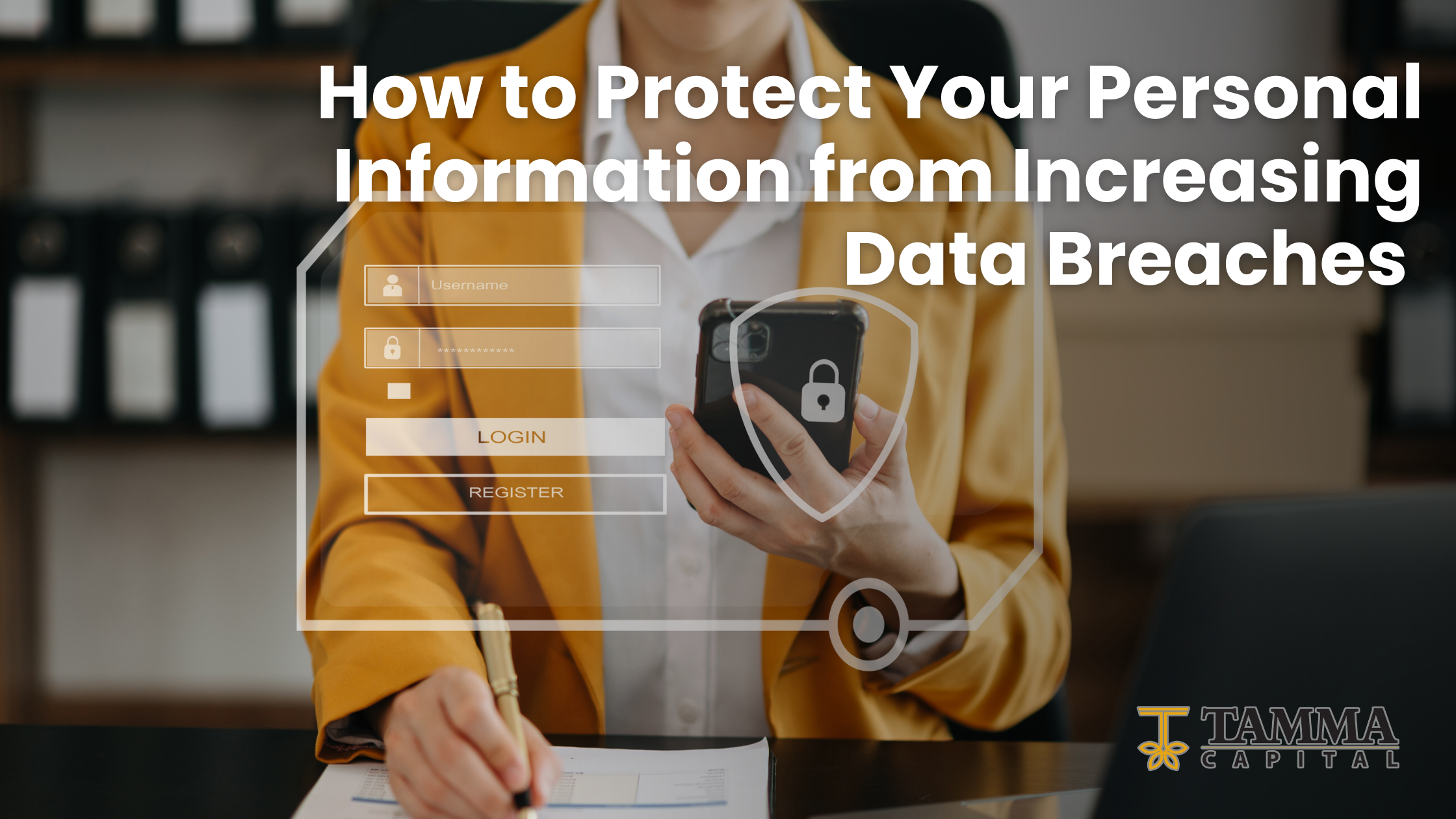How to Protect Your Personal Information from Increasing Data Breaches
In today's digital age, data breaches are becoming an alarmingly common occurrence. Recently, a massive breach at Ticketmaster potentially affected over 500 million people. Such incidents are not isolated; they reflect a growing trend in cybersecurity threats. So, what can you do to protect your personal information from these pervasive threats? Here are some practical steps to safeguard your data, including investing in a credit monitoring service, using a password manager, and considering a credit freeze.
The Reality of Data Breaches
With the increasing frequency of data breaches, it’s safe to assume that your personal information is already out there on the dark web, accessible to individuals with malicious intent. These breaches aren’t going away; if anything, they will become more frequent and sophisticated. Therefore, the question isn’t if your data will be compromised, but how you can protect yourself when it inevitably happens.
Step 1: Invest in a Credit Monitoring Service
One of the first lines of defense against identity theft is investing in a credit monitoring service. When a data breach occurs, the affected company is typically required to offer some period of free credit monitoring. However, it's wise to have ongoing protection in place rather than relying on temporary measures provided after a breach.
A credit monitoring service continuously tracks your credit report for any suspicious activity, such as new accounts or inquiries, and alerts you promptly. This early warning system allows you to act quickly if someone tries to misuse your information.
For instance, Legal Shield offers comprehensive coverage for about $300 a year, protecting you and your family. This service can monitor multiple Social Security numbers and emails, making it ideal for families. While some may argue about the necessity of spending money on such services, the peace of mind and protection they offer can be invaluable.
Step 2: Use a Password Manager
Another critical step in protecting your personal information is using a password manager. Weak or reused passwords are a significant vulnerability, and a password manager helps create and store strong, unique passwords for all your accounts.
Dashlane, for example, generates complex passwords with a mix of uppercase, lowercase letters, special characters, and numbers. It also alerts you when a potential breach occurs at any company where you have credentials, allowing you to update your password immediately.
Some may worry about the safety of storing all their passwords in one place. However, reputable password managers use top-of-the-line security systems to protect your data. While no system is foolproof, the security they offer far outweighs the risks associated with weaker password practices, such as storing them in an unprotected Excel file on your device.
Step 3: Consider Freezing Your Credit
If you don’t plan on opening any new credit accounts, loans, or mortgages in the near future, freezing your credit is a highly effective way to prevent identity theft. A credit freeze restricts access to your credit report, making it nearly impossible for someone to open a new account in your name.
To freeze your credit, you need to contact each of the three major credit bureaus: Equifax, Experian, and TransUnion. This action is particularly crucial for protecting children’s Social Security numbers, which can be targeted by identity thieves. Freezing their credit ensures that no accounts can be opened in their names until they are old enough to manage their own financial identities.
Additional Tips for Cybersecurity
Stay Informed: Keep abreast of the latest news on data breaches and cybersecurity threats. Knowledge is power, and being aware of recent breaches can help you take timely actions to protect your data.
Regularly Monitor Your Accounts: Regularly check your bank, credit card, and other financial accounts for any suspicious activity. Early detection is key to mitigating potential damage.
Educate Your Family: Make sure your family members, especially children and teenagers, understand the importance of cybersecurity and the steps they need to take to protect their information.
Use Two-Factor Authentication: Whenever possible, enable two-factor authentication (2FA) on your accounts. This adds an extra layer of security by requiring a second form of verification in addition to your password.
Be Cautious with Personal Information: Be mindful of where and how you share your personal information online. Avoid sharing sensitive information on unsecured websites or through unsecured communication channels.
Data breaches are a reality we must all face in today's interconnected world. By taking proactive steps like investing in a credit monitoring service, using a password manager, and freezing your credit, you can significantly reduce your risk of identity theft and protect your personal information. Remember, the key to cybersecurity is not to react after a breach occurs but to be prepared and take preventive measures. Stay vigilant, stay informed, and protect your data.

